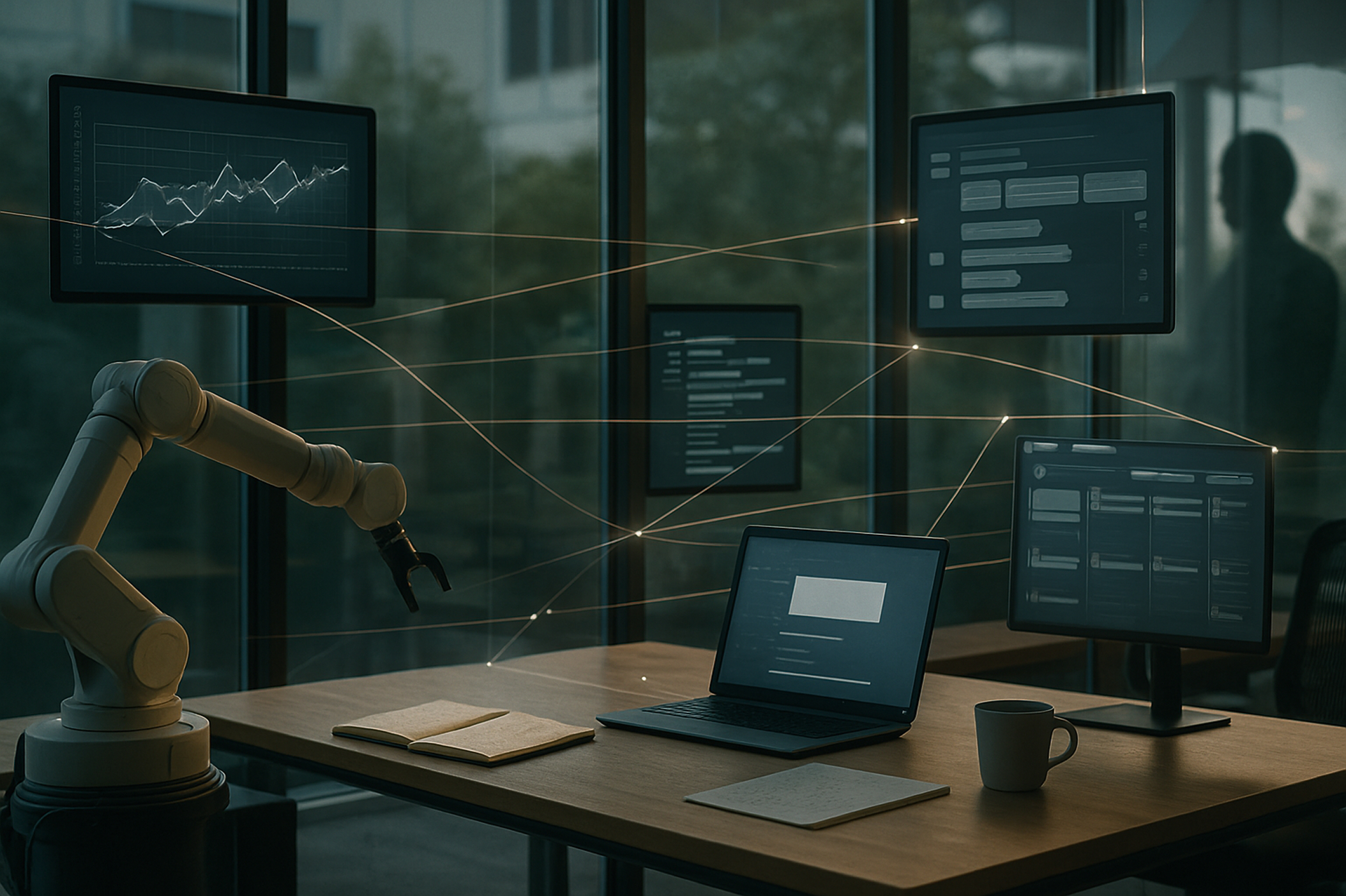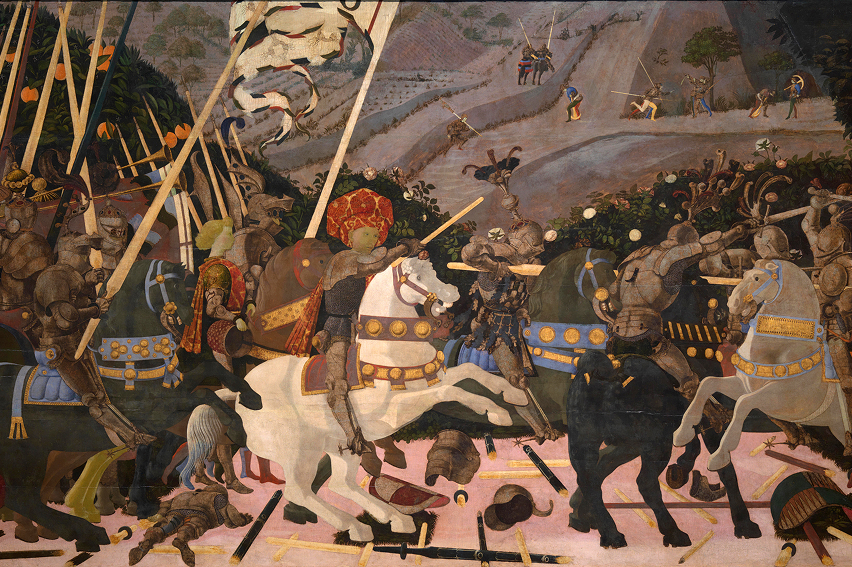How agent-to-agent collaboration will redefine team dynamics.
How agent-to-agent collaboration will redefine team dynamics.
December 8, 2025
•
Read time

The common narrative around AI productivity focuses on speed, such as how much faster individuals can complete tasks with AI assistance. However, this perspective misses the more profound transformation occurring. AI agents are changing not just the pace of existing processes but the very way work is structured and distributed.
When AI handles micro-tasks like data validation or dependency resolution, human roles evolve from execution to orchestration. Feedback loops that once moved at human speed now operate in real-time, creating adaptive systems rather than linear processes. Bottlenecks shift from individual output to human-agent collaboration points, requiring new synchronization methods.
This represents more than efficiency gains. It demands a complete rethinking of team structures and workflows to accommodate hybrid human-machine collaboration. Organizations that focus solely on speed metrics risk missing this architectural shift entirely.
The concept of personal AI assistants presents an appealing but ultimately limited vision. While giving each team member their own AI counterpart seems logical, this approach creates significant systemic challenges in practice.
Personal AI tools often optimize for individual productivity at the expense of team coherence. Without shared context, multiple agents generate conflicting recommendations that humans must reconcile. Information silos strengthen as each person's AI develops specialized but isolated knowledge. The coordination overhead can outweigh the productivity benefits.
True augmentation requires moving beyond the one-human-one-AI model. Effective organizations need to design team-level AI integration where agents collaborate with each other as much as with their human counterparts.
Successful AI integration treats agents as team members rather than tools. Consider these examples:
A product team employs a requirements agent that transforms customer feedback into testable hypotheses, allowing product managers to focus on strategic prioritization rather than data processing. A data team uses a pipeline agent that autonomously handles schema migrations, freeing engineers to concentrate on data lineage and governance.
In these scenarios, humans shift from doing to directing. They spend less time on execution and more on high-level oversight, exception handling, and strategic decision-making. The team's cognitive capacity expands as routine work moves to agents while humans focus on areas requiring judgment and creativity.
Traditional teams coordinate through meetings, dashboards, and manual handoffs. AI-augmented teams require fundamentally different mechanisms.
Agent-to-agent communication protocols must be established to enable seamless task negotiation. Clear escalation frameworks need definition to determine when agents should involve human judgment. Role boundaries must become fluid, allowing responsibilities to shift as agents take on more sophisticated work.
These requirements go beyond process tweaks. They demand new collaboration paradigms designed for environments where work is continuously distributed between human and machine intelligence. The most successful organizations will be those that treat agent coordination as a first-class design challenge.
As AI agents assume more execution responsibility, traditional role boundaries become increasingly porous. Consider these emerging challenges:
When a marketing team uses an AI that autonomously A/B tests campaign variants, who owns the results? Is it the marketer who set the parameters or the AI that optimized execution? When engineering teams deploy agents that independently refactor code, where does accountability for technical debt reside?
These questions reveal a fundamental shift. Organizations shouldn't resist this blurring but rather design for it through clear decision-rights frameworks, robust audit trails, and well-defined human oversight mechanisms. The future belongs to teams that embrace this hybrid reality while maintaining clear accountability structures.
Leaders preparing their teams for this shift should begin by mapping the points at which AI agents will intersect with existing workflows. The handoffs between requirements analysis, development, and quality assurance, for example, will look radically different in an agent-augmented environment. Roles must be redefined not around task divisions but around problem domains and decision-making authority. Investment in agent literacy is essential. Teams must learn to program agents through prompts, feedback loops, and governance frameworks rather than simply use them as productivity tools.
The organizations that thrive in this new paradigm will be those that recognize this: integrating AI agents is not an exercise in productivity enhancement, but an opportunity to redesign how the organization works at its core.
At Syntaxia, we understand that the success of agent-augmented teams hinges on the same principles that underpin effective data strategy. Clean, structured, and well-governed data is the lifeblood of AI collaboration. The advantage will sit with the teams that can make human and machine work feel seamless, where decisions pass cleanly across the divide, and where the invisible handoffs are as well-designed as the visible ones.

The core ideas that keep data, models, and pipelines from drifting.

A practical guide to understanding flow, dependencies, and where things break.

Simple patterns that keep teams moving without friction.